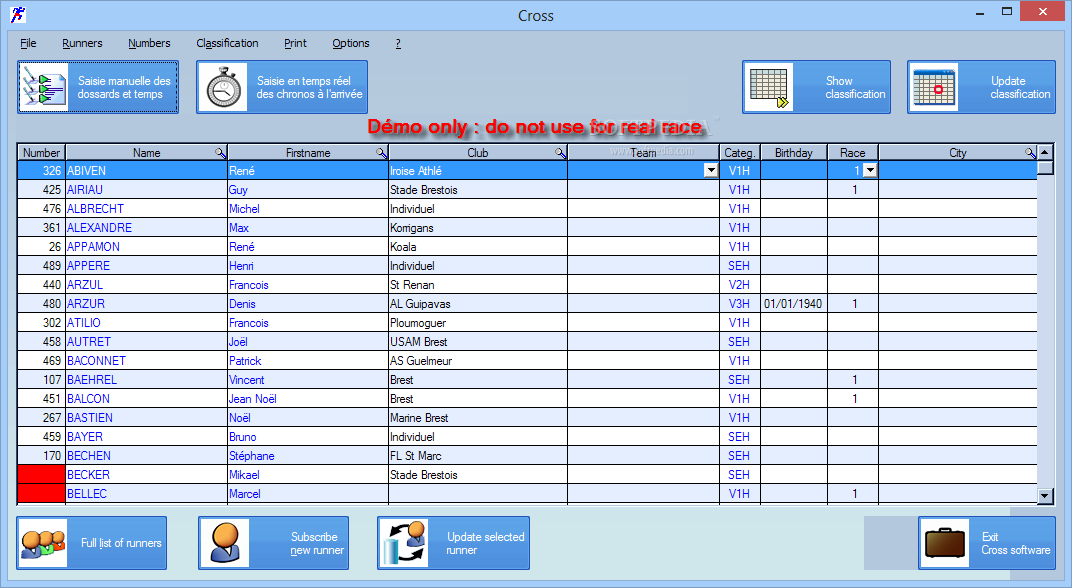

The different actors and procedures involved have also led to a form of implementation that is instrument- rather than policy-driven and results orientated. At the same time, legal barriers and institutional structures have prevented flexibility, which has reduced the EU’s capacity to swiftly respond to new and emerging challenges. This has proven at times to be inefficient and incoherent. The current architecture of the instruments, lacks strategic and overarching vision and is managed by different services within both the Commission and EEAS. The European Parliament needs to take its role in ensuring proper oversight and assessment of whether stated goals are met in practice seriously. A clear vision and comprehensive strategy on EU foreign policy, and the way in which resources are allocated towards clear objectives, is urgently needed. What happens in Europe has a direct impact on our credibility to lead globally.įar too often, the goals and objectives of external relations, as laid down in article 21 of the Treaty on the European Union, have become subordinate to short-term and/or national interests. Inconsistencies in the manner in which the EU behaves, in comparison to how it interacts in relation to third countries, risks undermining our position as a normative role model and our ability to bring about positive change. Yet the democratic and liberal principles on which the EU was founded have also come under increasing pressure from within. Their governance models and the values they are rooted in are often at direct odds with the values and interests of the European Union, its Member States and populations. At the same time, governments of countries such as Russia, China and Iran are actively pushing their interests on the world stage. Leaders such as Erdogan in Turkey and Sisi in Egypt have further consolidated their tight grip over societies and populations. The situations in Yemen and Syria, continued fighting in Ukraine and (political) instability and chaos in Libya are but a few examples. Along European borders conflicts have erupted and continue to exist. The EU has in recent years been faced with a number of external and internal challenges which are closely interlinked. Information used includes: facts and recommendations originating from regular exchanges in the working group on the EU’s external financial instruments and Strategic Dialogues with Commission Services and the EEAS as well as information received from civil society and non-governmental organisations which are or have been recipients of EU funding under the instruments. In addition to examining the mid-term review conducted by the Commission and the reports published by the external evaluators, this report is based on a study conducted by the European Parliamentary Research Service. The goal of this report is to contribute to this discussion to provide a clear view from the European Parliament.

An important issue that will be raised during the MFF negotiations is the post-2020 architecture of the funding of EU external action. In parallel to the MTR process, all institutions have started preparatory work for the next MFF. The MTR, partly based on the findings of external evaluators, was published by the European Commission in December 2017. In the CIR the various institutions agreed a mid-term review (MTR) would be conducted into the implementation of the various instruments. The AFET committee exercises this scrutiny by means of regular meetings of its working group on the external financial instruments, chaired by the rapporteur,) as well as Strategic Dialogues with the European Commission (‘Commission’) and European External Action Service (EEAS). Of these instruments, 5 fall within the remit of Parliamentary scrutiny by the Foreign Affairs committee (AFET) of the European Parliament. Instrument for Nuclear Safety Cooperation,.European Instrument Democracy and Human Rights (EIDHR),.Instrument contributing to Stability and Peace (IcSP),.Development Cooperation Instrument (DCI),.European Neighbourhood Instrument (ENI),.Instrument for Pre-Accession Assistance (IPA II),.These consist of 9 different thematic and geographic instruments and a Common Implementing Regulation (CIR).

A large share of this funding, 32 billion, is disbursed through so-called external financial instruments (‘the instruments’). Over a seven year period, between 20, the European Union (EU) dedicated 51.8 billion Euros to its external action. INFORMATION ON ADOPTION IN COMMITTEE RESPONSIBLEįINAL VOTE BY ROLL CALL IN COMMITTEE RESPONSIBLE MOTION FOR A EUROPEAN PARLIAMENT RESOLUTION EXPLANATORY STATEMENT – SUMMARY OF FACTS AND FINDINGS


 0 kommentar(er)
0 kommentar(er)
